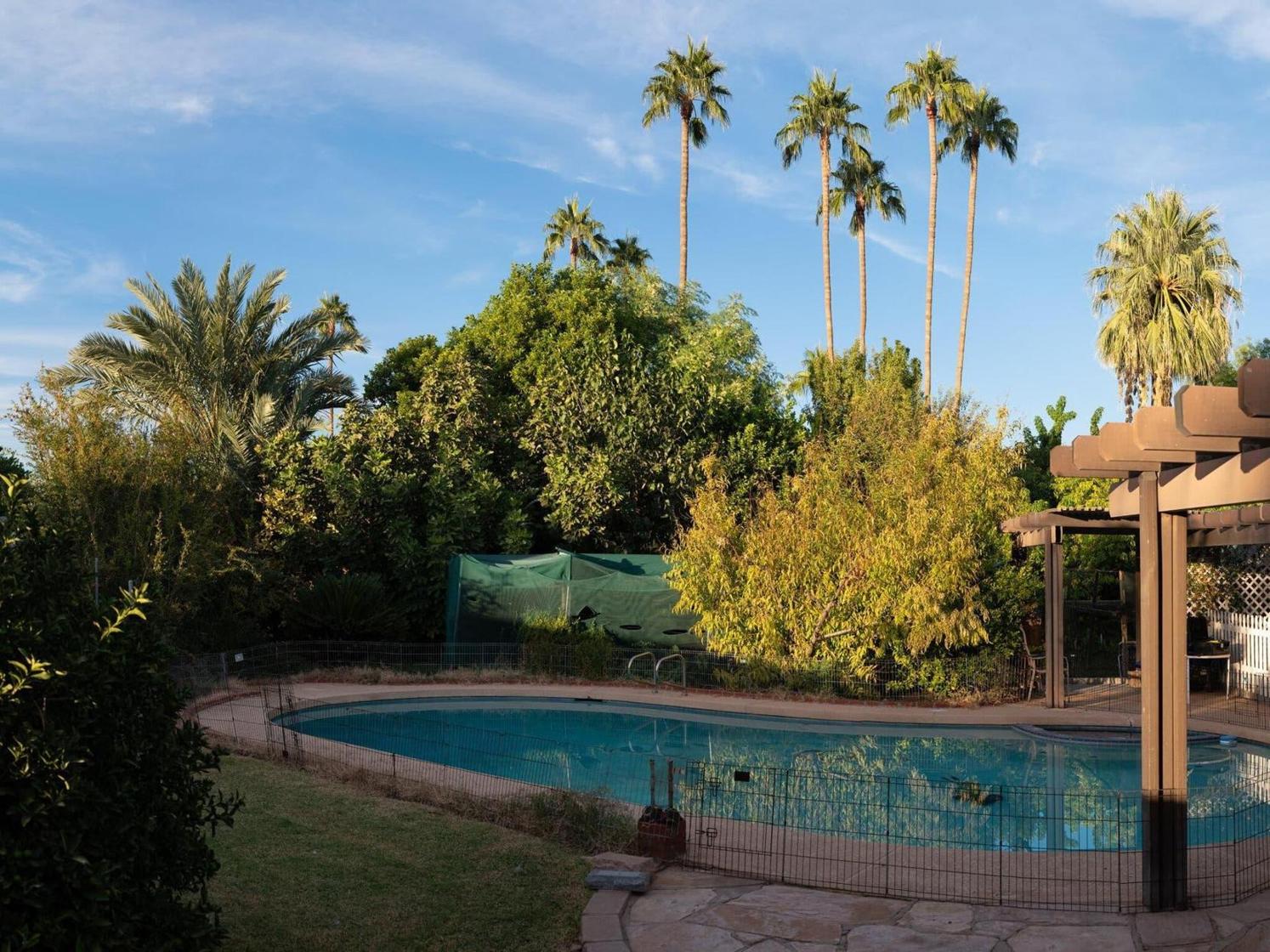Africa-Press – Lesotho. Jane Falkenstein’s house looks like any other single-family home in the Salt River Valley of Arizona — beige stucco, gravel lawn, a two-car garage, a shaggy palm tree.
The path to her front door gives the first indication that her home is something special. A mature plumeria tree with dozens of fragrant yellow and white flowers wraps around the walkway.
Her open windows emit the sounds of squawking birds, which carry clear to the end of the cul-de-sac. Above her doorbell is a stained-glass window that depicts a green Amazon parrot.
These eccentricities portend, though hardly prepare a visitor for, the small miracle tucked away in Mrs. Falkenstein’s backyard — a dense jungle of rare Latin American and Asian fruit trees in one of the hottest and most arid urban environments in North America.
The architect of this backyard ecosystem was her husband, Dr. Alois Falkenstein Jr. , a German immigrant, U. S. Air Force veteran and ophthalmologist who began cultivating fruit plants that most Arizonans had never tasted.
His harvests included jabuticaba berries, longans, loquat plums, pluerries, white sapotes, Keitt mangoes, finger limes, doughnut peaches, bergamot oranges and Fujian Bai Mi figs, a species known colloquially as Nixon peace figs after Mao Zedong gave cuttings of the plant as a peace offering during the president’s trip to China in 1972.
Dr. Falkenstein, who died in 2015 at age 68, was fluent in German and could read and write in several languages, said Mrs. Falkenstein, 73, adding that these skills proved useful in his work as an in-flight physician and a translator for diplomats.
In his free time, Dr. Al, as he was known, studied plants. “He wrote numerous articles about gibberellic acid and the growth patterns of fruit plants,” she said.
“He was a curious person and a quick learner.”
For More News And Analysis About Lesotho Follow Africa-Press






